Once the audiological assessment has been completed, and the possibility or advisability of medical or surgical treatment has been ruled out, in the case of hearing loss in a child that poses a risk to language acquisition and auditory development, we will proceed to select the most appropriate auditory solution, taking into account the child as a whole, through work with the family and interdisciplinary collaboration with all professionals involved.
The age of hearing device fitting is of vital importance. Once we have a reliable diagnosis from the ENT doctor, this should be done as early as possible and preferably during the first months of life.
The main objective of auditory amplification is to provide the opportunity to access a sound environment, especially speech. It is very important that within the goal of amplification, we consider avoiding sound distortion, promoting the development of an appropriate signal processing strategy, selecting features that maximize the audibility of the desired signal and noise reduction, as well as offering flexibility, ease of connection to external devices, and ensuring physical comfort for daily use. For these reasons, we must select the customized auditory solution and tailor it to each child.That’s why we have specialized products for the different developmental stages of the child, allowing us to adjust their hearing aids precisely and appropriately.
Type, degree, and configuration of hearing loss: Based on the degree, we will determine the power needed to compensate for the hearing loss, as well as the type and configuration of the loss. We will also consider these factors when selecting the features and settings of the hearing aids.
Potential growth of the external ear: A child’s external ear is continuously growing. In pediatric adaptations, the most appropriate type will be behind-the-ear (BTE) due to its flexibility in molding, versatility, robustness, safety systems, etc. From the age of 8-9 onwards, we can expand to other models such as in-the-ear (ITE), in-the-canal (ITC), or completely-in-the-canal (CIC) if the child’s hearing loss allows. In cases of conductive hearing loss where there is a medical contraindication to closing the ear canal, bone conduction solutions are recommended.
Communication and FM systems: We currently have various devices for both school and personal use. It is essential to consider each child’s individual needs when selecting the most suitable hearing aids along with any support systems they currently need or may need in the future. A system that connects the child directly with the teacher allows for better understanding of content in classroom situations, improving the signal-to-noise ratio.
AUTHORIZED CENTER FOR ORTHOPROSTHETIC DISTRIBUTION OF HEARING AIDS AND ASSISTANCE MANAGEMENT
Currently, there are subsidies for hearing aids up to 26 years of age. We will advise you and manage it as an authorized center by CatSalut.
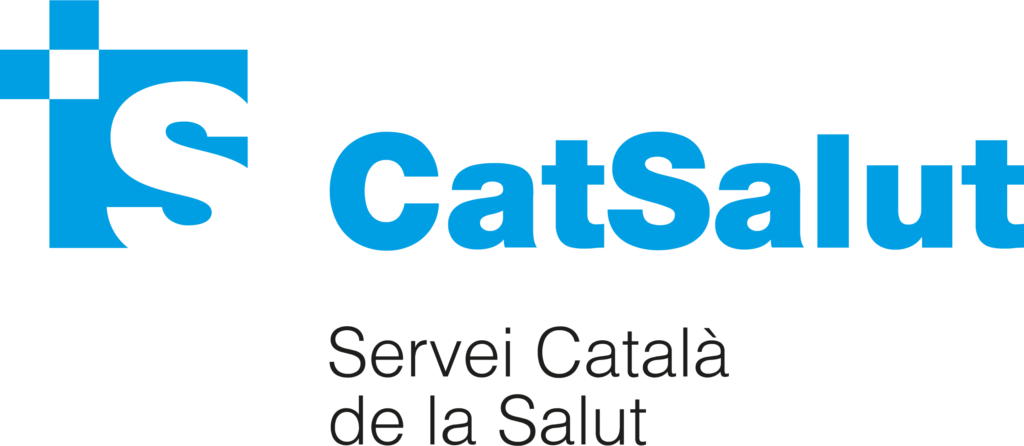
Get in touch with us. We'll be happy to assist you
If you wish to make an inquiry or need more information about any aspect of our company or our products, please contact us through the Customer Relations Center by providing your details in the following form.



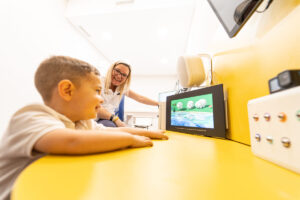
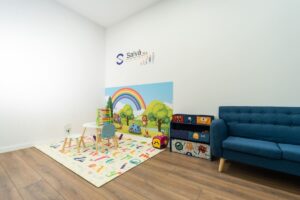
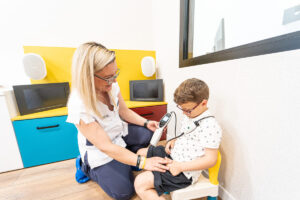
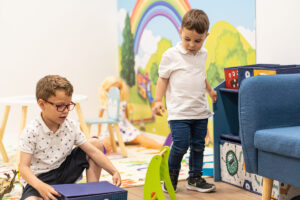
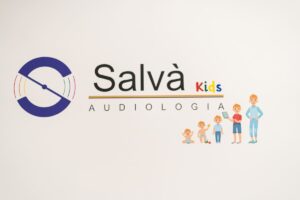
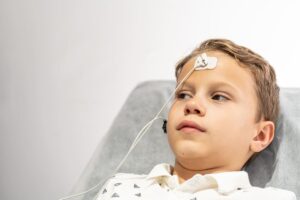
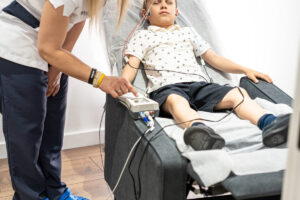
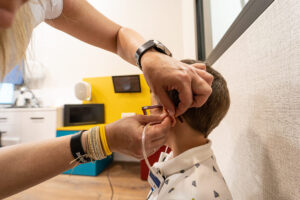
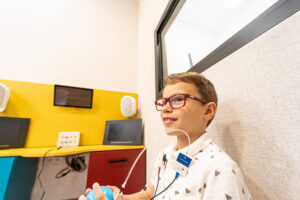
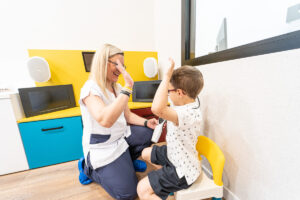
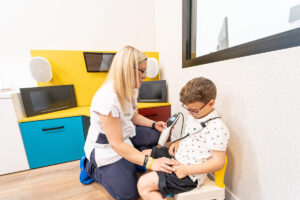
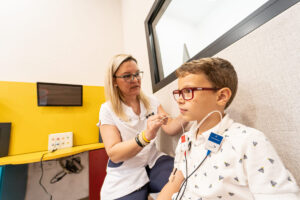
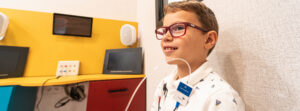

 Català
Català Español
Español